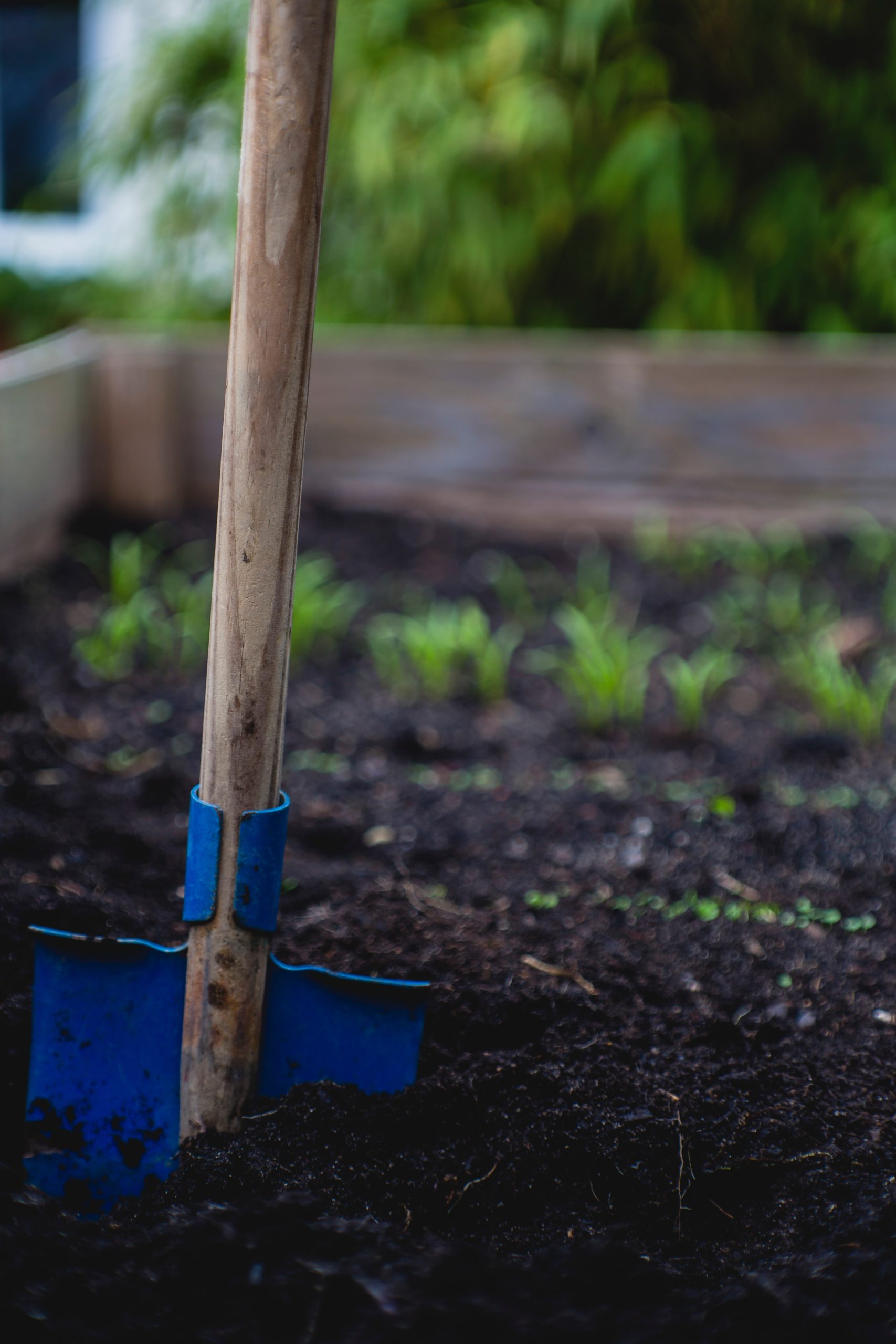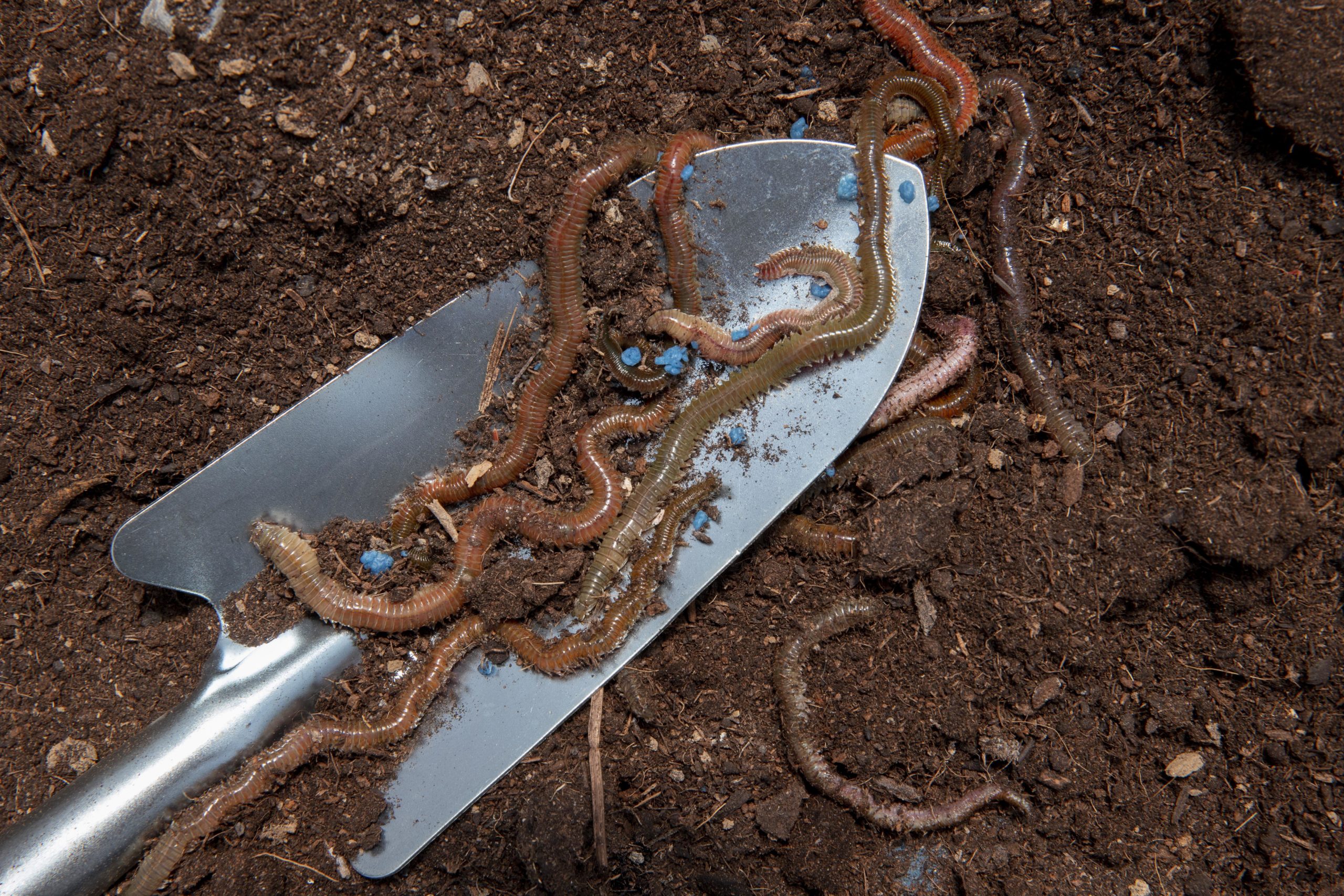
Easy and Effortless Trench Composting
You’ve likely heard loads about the benefits of composting. It adds to your soil quality, gives you a way to reuse your food waste, and makes for less trash in the world as a whole.
There are several ways to add compost to your soil, though, and several methods to make your own compost. One of the most popular is in-ground, or trench, composting.
The Ins and Outs of Trench Composting
This method is aptly named—to begin, you’ll dig a trench into which you put your composting materials. The waste decomposes the same way it does in a compost bin; however, you’re saved the extra effort of turning it since it stays underground where it was buried.
The first step is to choose the place you want to dig your trench. Choose somewhere around the edge of or inside your garden space. Use a spade or shovel to dig a hole about 18 to 20 inches deep.
Then, add layers. Begin with a layer of food scraps (use only organic if you’re growing an organic garden). Next, add a layer of garden waste. Finally, sprinkle a layer of soil over the top. Continue in this way until the trench is full.
When one trench is filled with layers of food and garden waste and soil, dig another compost trench in a separate area.
This method works to fertilize your garden because the decomposing waste deposits nutrients directly into the ground surrounding your plants. These are then picked up by the root systems of your growing crops.
Advantages of Trench Composting
Trench composting comes with a whole host of benefits since it’s low maintenance, low cost, and since it improves both your soil and your produce.
Minimal Work, Minimal Stress
Out of all the composting methods, this one is probably the most low-maintenance. Sure, digging the trench(es) requires some labor, but after that, you’re in the clear. You don’t have to worry about turning your piles all the time or hauling the huge, heavy loads all around your garden.
Once you dig that trench, the soil you remove has a purpose, too. When you add the soil layers over the food and garden waste, use the soil from the trench itself. This means that you don’t have to worry about the green-to-brown ratio that’s important with other methods, since the natural soil absorbs green moisture and adds it to the brown material.
There’s also less mental load to carry with trench composting. This is considered a “cold compost” method, which means that you don’t have to monitor pH levels or keep your compost pile at a certain temperature. Simply fill with waste, and let nature do the rest!
Minimal Cost
Compost bins and/or tumblers can carry a hefty price tag! You’re probably composting to save some money on high-quality fertilizer, so you don’t want to have to buy a bunch of other materials. You’ll need a shovel or spade and maybe some gloves, but you probably already have these from your other homestead projects.
Maximum Soil and Vegetable Quality
The best part about composting is that your produce is filled with the maximum amount of (often organic) nutrients. Our earth’s soil is heavily depleted from years of overwork, and there aren’t as many vitamins and minerals present as there used to be. Therefore, adding nutrients back into the soil in any way you can makes your food fuller in nutrients, too.
Trench composting is also good for the soil itself. When you ripen your compost in a bin or tumbler and then deposit it into your garden, you only place it in the first foot of soil. Trench composting, on the other hand, usually suggests digging a hole up to two feet down. This allows nutrients to sink into the deepest layers of the soil, improving soil structure at even more important levels.
Now, if you have heavy, hard soil (such as one with a lot of clay), you might find that the initial trench digging is a bit difficult. However, the longer you use trench composting as a regular practice, the more flexible and workable your soil will become.
Maximum Worm Attraction
Worms are a composter’s best friends! In fact, compost that rates at the highest level is called “black gold”. The way to get black gold? Worms, worms, and more worms. They break down organic material and also aerate the soil. Thus, you want as many worms in your dirt as you can get!
Other composting methods require you to place some worms in the bin or heap and some in the soil, but trench composting allows all the worms to stay in one place, giving you the most benefits.
If you want the best worms to create that black gold, it’s best to order and nurture redworms. These are the best for composting because they break down organic material more efficiently than ordinary earthworms.
Three Methods for Trench Composting
Homesteaders who choose trench composting usually use one of three methods:
- Trench rotation – This works well with crop rotation. Wherever you dig your yearly compost trench, plant heavy feeders near the trench. This saves you from needing extra fertilizer and keeps your heavy feeders from draining nutrients from other plants.
- Trenching between rows – You can also dig smaller trenches between all your garden rows, or around the garden borders. This adds immediate nutrients into the soil where you’re planting. Trenching between rows works well with hot green waste, such as chicken manure, grass clippings, and produce scraps.
- Dig-and-drop – If you don’t have the time or energy to dig a large trench, you could simply dig a hole whenever you have material to compost. Just make a hole, place in your material, and cover it back up! Simple as that.
Start Your Trench Compost and Watch Your Garden Thrive
Trench composting is an efficient, inexpensive, easy way to enrich your soil and produce luscious, nutritious fruits and vegetables on your homestead. Add in some well-fed worms and plenty of organic green waste and you have the perfect recipe for a thriving homestead garden.


